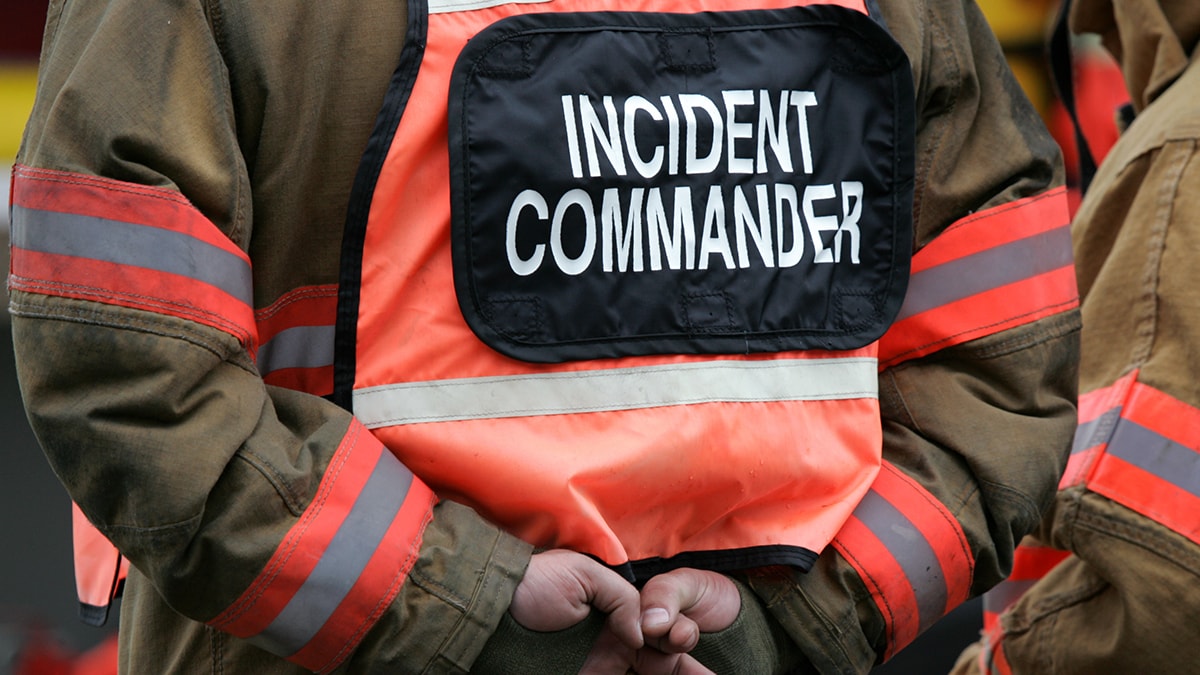At a glance
This page describes the Post-Deployment Phase of the Emergency Responder Health Monitoring and Surveillance (ERHMS) framework. The ERHMS framework provides recommendations for protecting emergency response and recovery workers during small and large emergencies in any setting.

Out-processing assessment
The out-processing assessment is the minimum post-deployment evaluation that emergency response and recovery workers should complete. Out-processing assessments are conducted to determine if and to what extent individuals were adversely affected by their deployment duties. The assessments also evaluate trends within the worker population to identify potential risks to others.
All emergency response and recovery workers should receive an out-processing assessment. This should occur as part of the demobilization process or as soon as possible (within one to two weeks) after demobilization. Out-processing assessments should be simple, concise, and standardized. Ideally, the assessment is a face-to-face interview in the field as individuals prepare to return to their duty station. If face-to-face is not possible, alternative options include collecting information on paper, online, or by phone.
Resources
Tracking health and function after an event
Tracking emergency response and recovery workers' health post-event can help identify health or functional consequences potentially associated with response work. Examples include exposure, illness, injury, or disability, including emotional trauma. Tracking can also help efforts to intervene early. This can maximize chances for recovery and stop further exposure for workers remaining on-scene (through exposure control or medical treatment).
Tracking decisions should consider information regarding emergency response and recovery worker:
- Exposures
- Hazardous work activities
- Concerns expressed (by the responder or safety and health personnel)
- Adequacy of control measures and appropriate adherence
- Injuries and illnesses incurred during the deployment
When considering this information, view information in the context of the worker's:
- Prior physical and mental health status
- Extent of prior knowledge and experience with disaster work
Tracking health and function after an event may be difficult or costly to do on a case-by-case basis. It is often more suitable for categories of emergency response and recovery workers with similar exposure histories. High-priority groups for tracking include those:
- Most likely to have exposures to hazardous agents or conditions
- Reporting outbreaks of similar adverse health outcomes
Resources
Lessons learned and after action assessments
It is important to assess the emergency response after each phase to identify ways to improve processes and outcomes throughout. Assessments ensure that best practices are used, mistakes are identified, and measures are taken to prevent issues during the next response. This is often accomplished through a document called an "After Action Report" or a similar name. These reports help organizers improve the environments' safety and protect emergency response and recovery workers by:
- Documenting deficiencies in communicating safety and health protocols
- Examining tasks and timing of exposures
- Noting when rostering was ineffective
Resources
- Implementation training worksheet
- Homeland security exercise and evaluation program: After action report
- Post-deployment assessment questionnaire declination
